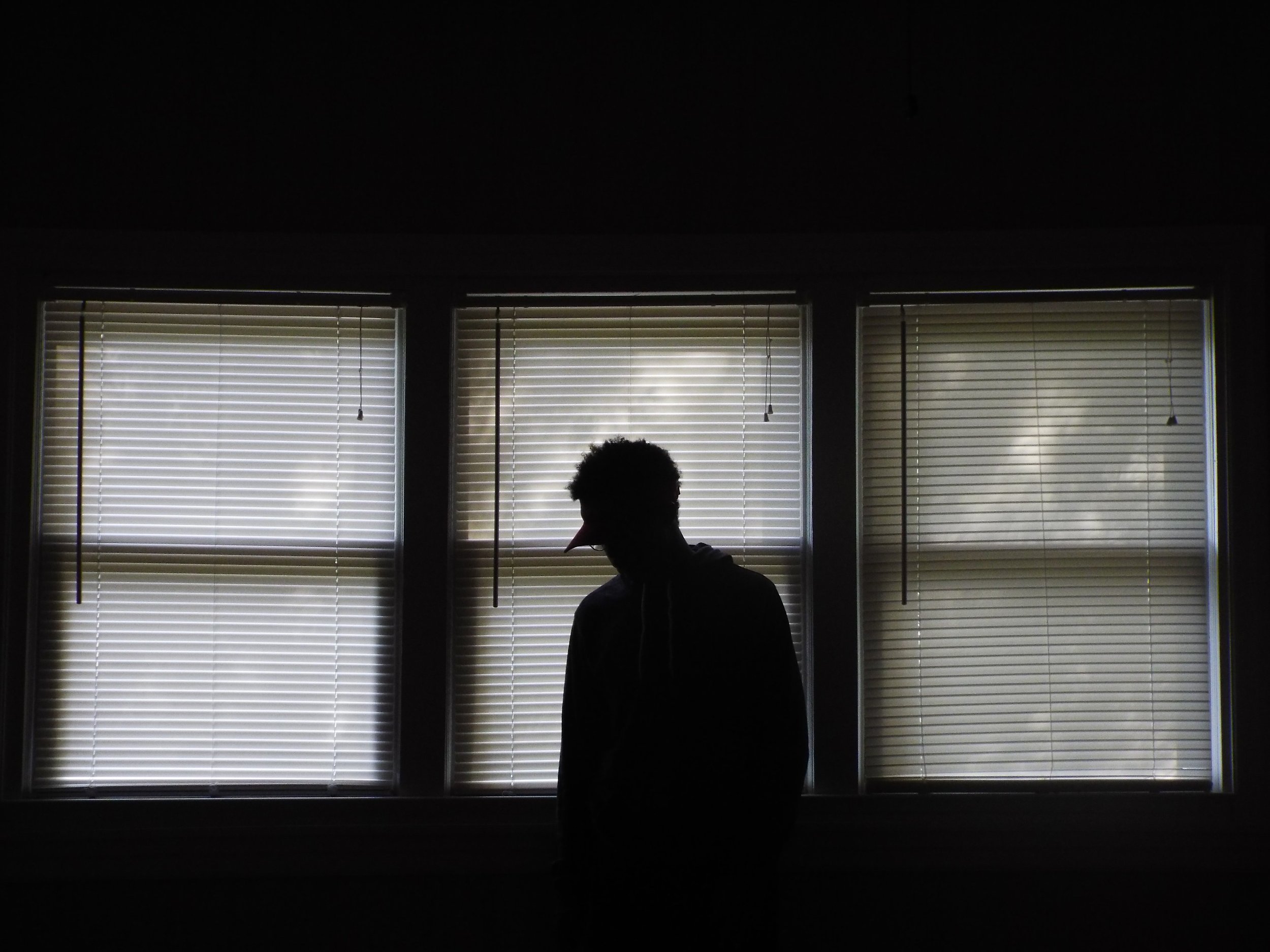Overcoming Loneliness
A society is only as strong as its social connectedness, and creating connectedness is not something the government can do for us. But our actions today can create sustainable societal changes and improve our cognitive health. Socially connected communities enjoy better population-level health. They are more prepared for — and resilient in the face of — disaster situations. They also experience greater economic prosperity and reduced levels of crime and violence.
If you want to build social connections, start with your immediate neighbors. Learn the neighbors’ names behind the eight closest front doors to you. Then find ways and opportunities to use their names regularly and involve them in your life socially.
The Loneliness Advisory
There is an epidemic of loneliness in the United States. And lacking connection can increase the risk for premature death, according to a new advisory from the U.S. Surgeon General. The advisory released in May was titled “Our Epidemic of Loneliness and Isolation.” It finds that even before the COVID-19 pandemic, about half of U.S. adults reported experiencing measurable levels of loneliness.
Advisories are reserved for issues deemed significant public health challenges that “need the American people’s immediate attention.” This advisory on loneliness outlines the framework for a new national strategy. It is based on six foundational pillars.
Strengthening social infrastructure with things like parks and libraries and public programs.
Enacting pro-connection public policies at every level of government, including things like accessible public transportation or paid family leave.
Mobilizing the health sector to address the medical needs that stem from loneliness.
Reforming digital environments to “critically evaluate our relationship with technology.”
Deepening our knowledge through more robust research into the issue.
Cultivate a culture of connectedness with values of kindness, respect, service, and commitment, model connection values and expand conversations on social connection.
The biggest flaw with the report is that the government cannot fix our loneliness for us. You can feel lonely even if you have many people around you, because loneliness is about the quality of your connections. “Loneliness is feeling alone regardless of the amount of social contact. Social isolation can lead to loneliness. Being socially isolated can move you into that loneliness category. However, some others can feel lonely without being socially isolated,” said Amber Allen, a Human Development Specialist with University of Missouri Extension.
Across age groups, people spend less time with each other in person than two decades ago. The advisory reported that this was most pronounced in young people aged 15-24, with 70% less social interaction with their friends. Many young people now use social media to replace in-person relationships, which often means lower-quality connections. You can get started building those relationships in your neighborhood today.
Overcoming Loneliness
Allen says to overcome loneliness, it is important to make sure that you’re reaching out and having social connections, belonging to a group, and feeling close to other people in your neighborhood. “Doing those types of things is the definition of social connection,” said Allen.
According to Allen, there are four ways that research has shown to intervene on loneliness. But two of these strategies are within our own control:
One is providing social support. “Neighbors are best suited for these tasks because of proximity. Maybe it’s shoveling a neighbor's driveway. Or helping with yard work, or holding the ladder when they clean the gutters,” said Allen.
The second one is increasing opportunities for social interaction. “This means asking the kids next door how their day at school went, this means speaking to neighbors when they are out getting their mail or you see them at the store or in another public space. And engaging in social interaction is more than just a wave or saying hello,” said Allen.
Another big part of spontaneous social interaction is neighborhood activities, and going to those activities. “If your neighborhood has a park nearby, go to the park and make yourself available to start those relationships because you're not going to start those relationships by staying in your house,” said Allen.
Knowing your neighbor is the first step to making your home and neighborhood safer. Allen recommends keeping neighbor relationships positive and not reaching out just to get to know people because you have a need or to check a box. “We need to form relationships because we genuinely like someone, have something to offer them, and have a common goal. But never turn your neighbors into a project,” said Allen.
For more information on neighboring, visit David Burton’s blog at www.we-are-neighbors.blogspot.com.

